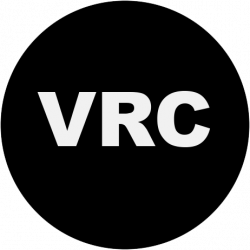The Center for the Art of East Asia has recently announced the launch of a new and improved website for the digital handscroll paintings project:
One of the major types of traditional East Asian painting, the handscroll, or horizontal scroll, is meant to be appreciated by unrolling and viewing it section-by-section as a continuous composition. Unfortunately, the temporal and participatory aspects of viewing handscrolls cannot be readily experienced today, as the original paintings are far too valuable and fragile to be handled frequently. When shown in museums, they are always placed in glass cases and are seldom displayed in their entirety. For students and specialists seeking to view them, it is becoming increasingly difficult to obtain access to these important cultural materials. Beyond the rare opportunities to experience them in person, they are primarily known through static, fragmentary images in slides and as photographs in books. Fortunately, the digital medium has offered the potential for much greater exposure to these works of art, simulating the interactive viewing experience for which they were originally designed. The Center for the Art of East Asia (CAEA)at the University of Chicago has teamed with the Visual Resources Center (VRC) and Humanities Research Computing to develop this innovative digital presentation. Initially used as a course website, we are also developing it as a resource for teaching and research at other universities and for museum archiving and exhibition. The digital scrolling paintings website is a multi-functional tool that allows users to move through the scrolls and view elements of the painting in high resolution, with colophons, signatures, and seals of artists and collectors, and also to examine their media, materiality, and techniques of production. This is a means to fuller understanding of a work both in its details and as a composite of its many elements.
Digital technology presents these paintings as continuous scrolling images and offers various kinds of user interfaces such as auto-scrolling, zooming, and comparison. The newly designed website has more paintings accessible for public viewing and enhanced functions for searching, text annotations, and links to related material. We are continuing to add paintings to the public website and partnering with other institutions with a goal to create a more extensive public database of these invaluable works of art. We will include more rare works, Japanese painting, and calligraphy. The project has negotiated agreements to show paintings from the Art Institute of Chicago, Museum of Fine Arts, Boston, Nelson-Atkins Museum, Palace Museum, Beijing, St. Louis Art Museum, and the Smart Museum at the University of Chicago.
To learn more, visit the Digital Scrolling Paintings Project.

